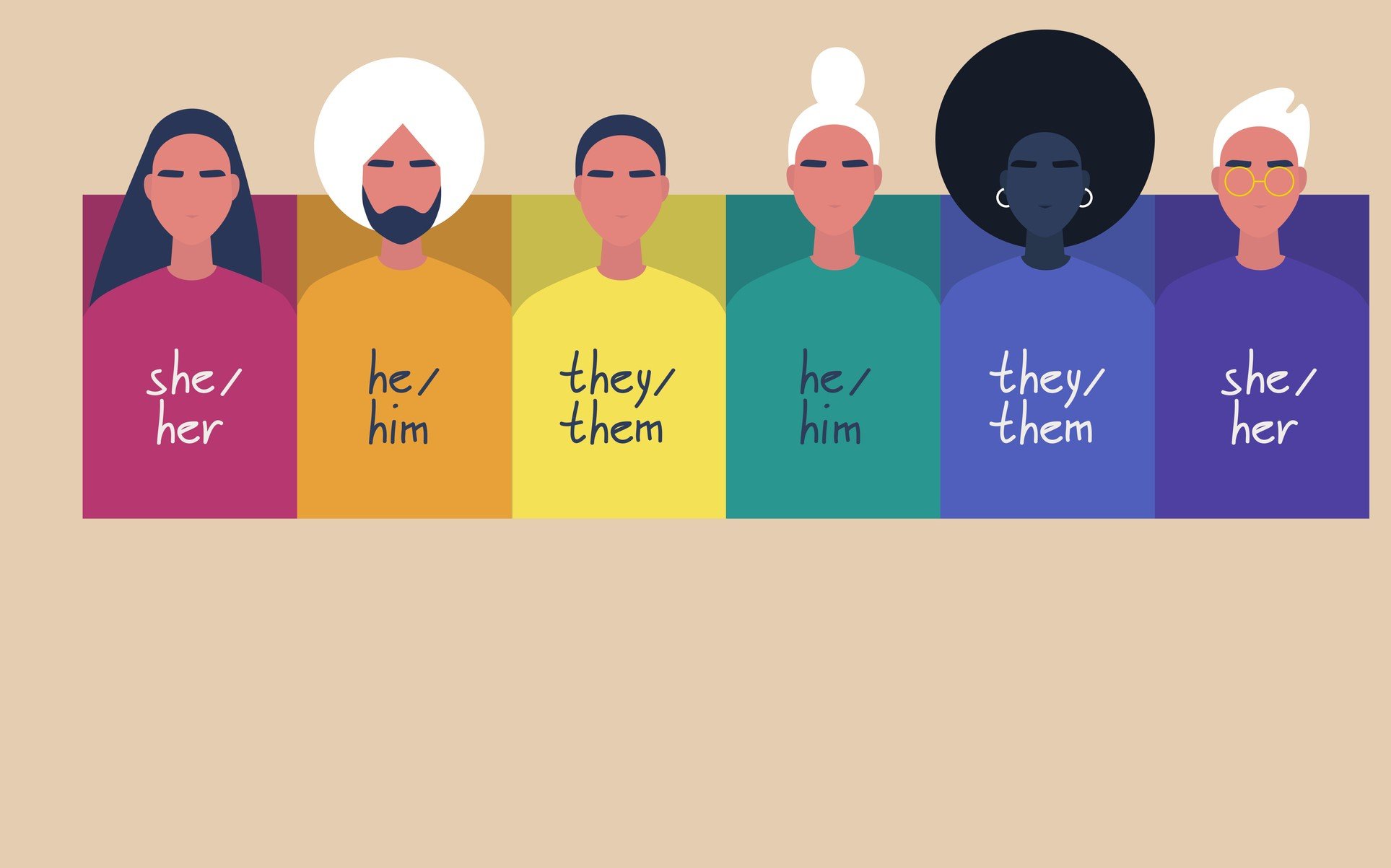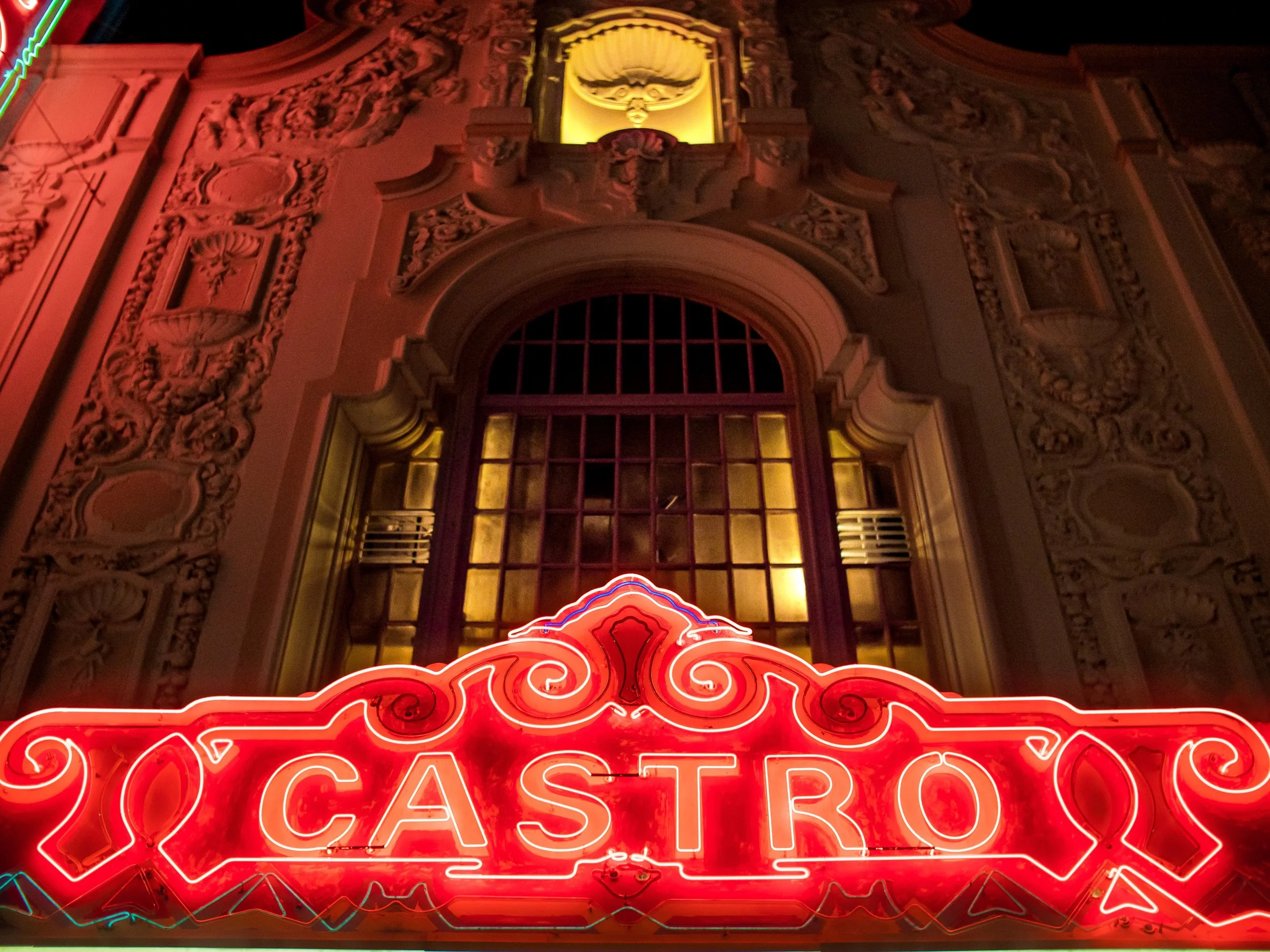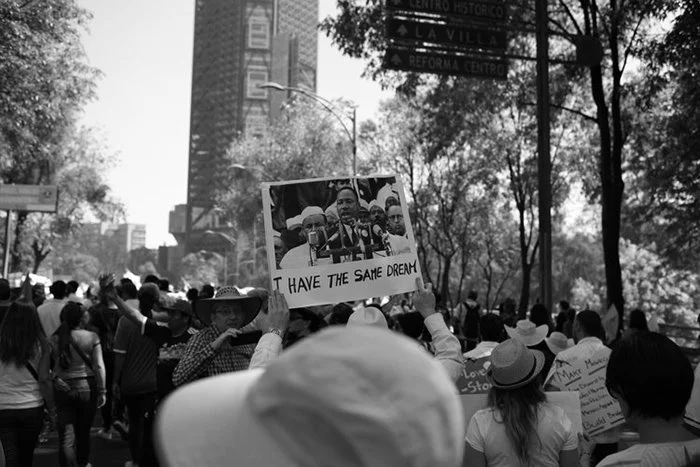Today, the LGBTQ+ community can look to several gay musicians for inspiration, but that wasn’t always the case. Several pioneering openly gay singers paved the way from a time when sexual orientation wasn’t a topic for public discussion.
Indeed, these famous gay musicians faced tremendous backlash and damage to their careers because of their honesty and openness.
As we explore queer performance art, we pay homage to those who came before us. In this piece, we’ll list some of the most influential names in the queer art movement and their impact on our past and present.
Being an Openly Gay Musician
Undoubtedly, the entertainment industry has come a long way in accepting and representing LGBTQ+ individuals. However, it wasn't always this way, especially for musicians.
Coming out as a gay musician in the 20th century was no small feat. It required immense courage and determination, especially when the music industry was predominantly hetero-normative.
Sexuality was not only a taboo topic for public discussion but could also result in alienation from fans and even cause damage to one's career. As such, many gay musicians chose to keep their sexual orientation hidden for fear of retribution.
Take Bruce Wayne Campbell (known by his stage name Jobriath), for example. He was not only one of the first openly gay rock musicians to get signed to a big record label, but tragically, he was also one of the first internationally famous musicians to die of AIDS. Despite tremendous talent, he also came up against severe backlash for his sexuality.
Music Activism as a Tool for Change in the LGBTQ+ Community
In the face of such challenges, many gay musicians turned to music activism to advocate for their rights and create change. Over the decades, gay musicians have utilized music's power to connect people and spread important messages, and the LGBTQ+ community and gay history are no exception.
Through their songs and performances, these courageous individuals were able to shed light on important issues and promote love, tolerance, and acceptance. They used their platforms to speak out against discrimination and fight for equal rights for all.
Now, let's turn our attention back to musicians like Jobriath, who are or were openly gay in the music industry. Their bravery and willingness to be themselves have helped pave the way for future generations of LGBTQ+ artists. They serve as a reminder that it is possible to thrive as a musician while being true to oneself.
19 Famous Gay Musicians
Now, here’s a look at 19 of the other most influential gay musicians throughout the decades.
1. Benjamin Britten
Benjamin Britten is one of the greatest composers of the 20th century. He was also open about his homosexuality in a time and place where being gay was heavily stigmatized and illegal. In 1953, Britten was among the signers of a letter to a newspaper called The Observer, which demanded decriminalizing homosexuality, which was then punishable by imprisonment in the UK.
Many of Britten’s songs were dedicated to his lover and muse, Peter Pears. Some of Britten's works, such as his opera Peter Grimes, dealt with themes of persecution and social exclusion, making him an early advocate for LGBTQ+ visibility.
2. Akihiro Miwa
Japanese cabaret performer, singer, actor, drag queen, and social activist Akihiro Miwa began his career as a cabaret performer in the 1950s, quickly gaining notice for his androgynous appearance. Miwa's performances often included a mix of Japanese and English, along with extravagant costumes and makeup.
As an openly gay performer in a largely conservative society, Miwa's activism has promoted greater acceptance and understanding of LGBTQ+ people in Japan. He has been a vocal proponent of same-sex marriage and has spoken out against discrimination and harassment.
3. Little Richard
Richard Wayne Penniman was born in 1932 and began singing in church at an early age. In the early 1950s, he began performing in clubs and bars, developing the stage persona Little Richard.
Today, many artists and historians recognize Little Richard as a very influential figure in the rock and roll space. As one writer put it, such recognition eluded him in his heyday because he was “too black, too queer, too holy” for mainstream acceptance in the 1950s.
Despite his rock and roll success with hits like “Tutti Frutti” and “Lucille,” Little Richard remained connected to the church throughout his career, even becoming a minister in 1957. He later returned to secular music but continued to draw on his religious beliefs in his music. Little Richard passed away on May 9, 2020, at the age of 87.
4. Sir Elton John
Singer, songwriter, and pianist Sir Elton John is one of the most successful and influential musicians ever, with over 300 million records sold worldwide. Born Reginald Kenneth Dwight in 1947, John began playing the piano at a young age.
In the 1960s, John established himself in London bars and clubs, eventually earning a record deal in 1969. His 1970 self-titled album started a long run of commercial hits, including “Your Song,” “Rock Man,” “Tiny Dancer,” “Crocodile Rock,” and “I’m Still Standing.”
Since the 1980s, John has become equally well-known for his philanthropic efforts, including his work with the Elton John AIDS Foundation. Now, he is widely considered one of the most successful and influential gay musicians of all time, winning five Grammy Awards to date and an Academy Award for his work on the soundtrack for the film The Lion King.
5. Freddie Mercury
As Queen shot to fame in the 1970s on the strength of hits like “Bohemian Rhapsody,” “We Will Rock You,” and “We Are The Champions,” the focus was on their flamboyant lead singer, Freddie Mercury. His powerful vocals and eclectic stage style combined elements of rock, pop, opera, and even more esoteric styles.
In the late 1980s, Mercury was diagnosed with AIDS, a highly stigmatized and misunderstood disease. His death at age 45 in November 1991 shocked millions of fans. But it also led to a greater understanding of the effects of the disease, bringing visibility to the issue outside of the gay community. Today, Mercury is seen as a pioneering figure for LGBTQ+ visibility.
6. George Michael
English singer, songwriter, and producer George Michael rose to fame as a member of the pop duo Wham! With hits such as "Wake Me Up Before You Go-Go," "Careless Whisper," and "Last Christmas." In 1987, he began a solo career with the album Faith, which spawned even more worldwide hits like the title track, “Father Figure,” and “One More Try.”
In the 1990s, Michael became involved in HIV/AIDS activism after his partner, Anselmo Feleppa, died from AIDS-related complications. He worked tirelessly to raise awareness about HIV/AIDS, often donating the proceeds from his concerts to charities supporting people with the disease. In 1992, he performed a version of "Don't Let the Sun Go Down on Me" with Elton John at a benefit concert for the Elizabeth Taylor AIDS Foundation.
Michael, one of the most popular gay musicians of his time, passed away on December 25, 2016, but his music and LGBTQ+ activism continue to inspire fans.
7. Rob Halford
Rob Halford is best known as the lead vocalist of the British heavy metal band Judas Priest. Halford came out as gay in a 1998 interview with MTV News, making him one of the first well-known heavy metal musicians to identify as queer openly. He initially feared that revealing his sexual orientation would alienate Judas Priest’s fanbase, known for its masculine and macho image.
However, Halford’s fears proved unfounded—he was widely praised for his courage and honesty. He continued to perform with Judas Priest, and the band’s popularity grew. His coming out is now seen as a pivotal moment toward greater acceptance and LBGTQ+ visibility in the metal community.
8. Big Freedia
Big Freedia is the “Queen of Bounce,” a style of music that originated in New Orleans and is characterized by uptempo beats. Their influence on music, specifically in the hip-hop and R&B space, was solidified with their collaborations with artists like Beyonce (on “Formation”) and Drake (several songs, including the chart-topper “Nice For What”).
Big Freedia’s music has long celebrated Black, queer, and transgender culture. Their platform extended to TV after appearing in the reality TV show Big Freedia: Queen of Bounce on the Fuse network.
9. Lil Nas X
Lil Nas X shot to fame in 2019 when his country-rap song “Old Town Road” topped numerous charts across genre lines. Shortly afterward, he came out as gay in “c7osure.” He then endeared himself to fans by openly and honestly discussing his difficulty in accepting his own sexual orientation.
In an interview with Gayle King, Lil Nas X detailed his long journey to self-love and acceptance. He has since been open about his struggles with anxiety and depression, making him an inspiring figure to many young people seeking approval.
Now, Lil Nas X is known for his willingness to embrace his true self, even in the face of intense media criticism, making him a symbol of hope and empowerment for the LGBTQ+ community—or fans of any sexual orientation.
10. Ricky Martin
Known worldwide as the "Livin' La Vida Loca" singer, Ricky Martin came out as gay in 2010. He admitted to staying quiet for years due to fear of damaging his career but ultimately decided living authentically was more critical.
Since coming out, Martin has actively supported LGBTQ+ rights and even established his own foundation, The Ricky Martin Foundation, to advocate for children's well-being and human rights.
11. Sam Smith
Sam Smith rose to fame with their soulful voice and hit songs like "Stay With Me" and "Writing's On The Wall." In 2014, they came out as gay, and in 2019, as non-binary and genderqueer, using the pronouns they/them.
Since then, Smith has been an outspoken advocate for LGBTQ+ rights and has used their platform to raise awareness about the community's issues. They have also been open about their struggles with body image and mental health, using their music to spread messages of self-love and acceptance.
12. Troye Sivan
Troye Sivan is an Australian singer, actor, and YouTuber who came out as gay to his fans in a heartfelt YouTube video in 2013. He has since become a prominent figure in pop music, known for his catchy songs like "One of Your Girls" and "Rush."
Along with being a gay musician, Sivan is also an actor, and with both his music and acting, he hopes to "make a better world for LGBT people that are to come."
13. MNEK
MNEK, whose real name is Uzoechi Osisioma "Uzo'' Emenike, is a British singer, songwriter, and producer who publicly came out as gay at 18. He has been an advocate for LGBTQ+ representation in the music industry and has worked with numerous artists, including H.E.R., Selena Gomez, and Beyonce, as a songwriter and producer.
In 2019, MNEK created a one-of-a-kind songwriting camp for LGBTQ+ singer-songwriters in association with Pride in Music.
14. Adam Lambert
Adam Lambert's first claim to fame was being the runner-up on the eighth season of American Idol. In 2009, he came out as gay in an interview with Rolling Stone. Since then, he has become a prominent figure in the music industry, known for his powerful vocals and dynamic performances.
Lambert's career has included solo albums, collaborations with Queen, and a successful residency in Las Vegas. He was honored with the GLAAD Media Award in 2013 for promoting equality through his music.
15. Clay Aiken
Clay Aiken gained fame as the runner-up on the second season of American Idol in 2003. While he didn't publicly come out as gay during the competition, he later confirmed his sexual orientation in a 2008 interview with People magazine. Aiken's music career includes several successful albums and Broadway performances, making him a notable LGBTQ+ artist.
16. Rufus Wainwright
Known for hits like his cover of Leonard Cohen's "Hallelujah" and "Going to a Town," Rufus Wainwright has been openly gay since the start of his career. His music often explores themes of love, heartbreak, and identity from a queer perspective. Wainwright's authenticity and talent have made him a beloved figure in both the music and LGBTQ+ communities.
17. Lance Bass
Lance Bass skyrocketed to fame as one of five members of the iconic boyband *NSYNC. While he initially avoided questions about his sexuality, Bass came out as gay at the age of 27 in a 2006 interview with People magazine. Since then, he has advocated for LGBTQ+ rights and was even honored with the Human Rights Campaign Visibility Award in 2006.
In 2014, Bass married his partner, Michael Turchin, and their wedding became the first same-sex ceremony broadcast on cable television.
18. MIKA
MIKA (Michael Holbrook Penniman Jr.) is a British-Lebanese singer-songwriter known for his colorful pop music and energetic performances. He has publicly identified as gay since 2012 and has also served as an advocate for LGBTQ+ rights and acceptance.
MIKA's debut album, "Life in Cartoon Motion," included hits like "Grace Kelly" and "Love Today," which showcased his unique style and charisma. His fun, danceable music often explores themes of love, self-acceptance, and embracing one's true identity.
19. Barry Manilow
After keeping his sexuality a secret for decades, beloved singer-songwriter Barry Manilow came out as gay in 2017 at the age of 73. He revealed that he feared disapproval from his fans but ultimately decided to speak his truth and live openly with his partner and now-husband, Garry Kief, whom he married in 2014.
Known for classic hits like "Copacabana" and "Mandy," Manilow's music has touched the hearts of millions around the world. He continues to perform and share his talents with fans, proudly living as a member of the LGBTQ+ community.
Musical Activism: Donate to Keep Music Alive
Thanks to the bravery of these gay musicians (and many others), the LGBTQ+ community today has more mainstream acceptance than ever before. But struggles with prejudice and visibility remain. We need your support so we can keep making progress.
Please consider donating to the San Francisco Gay Men’s Chorus today to help keep the music alive and support the LGBTQ+ choral movement.
The SFGMC has recently moved to The Chan National Queer Arts Center; learn more about the Nation’s first LGBTQ+ community center here.
Did You Enjoy Reading About Famous Gay Singers?
Here are two more posts to visit next:





































































